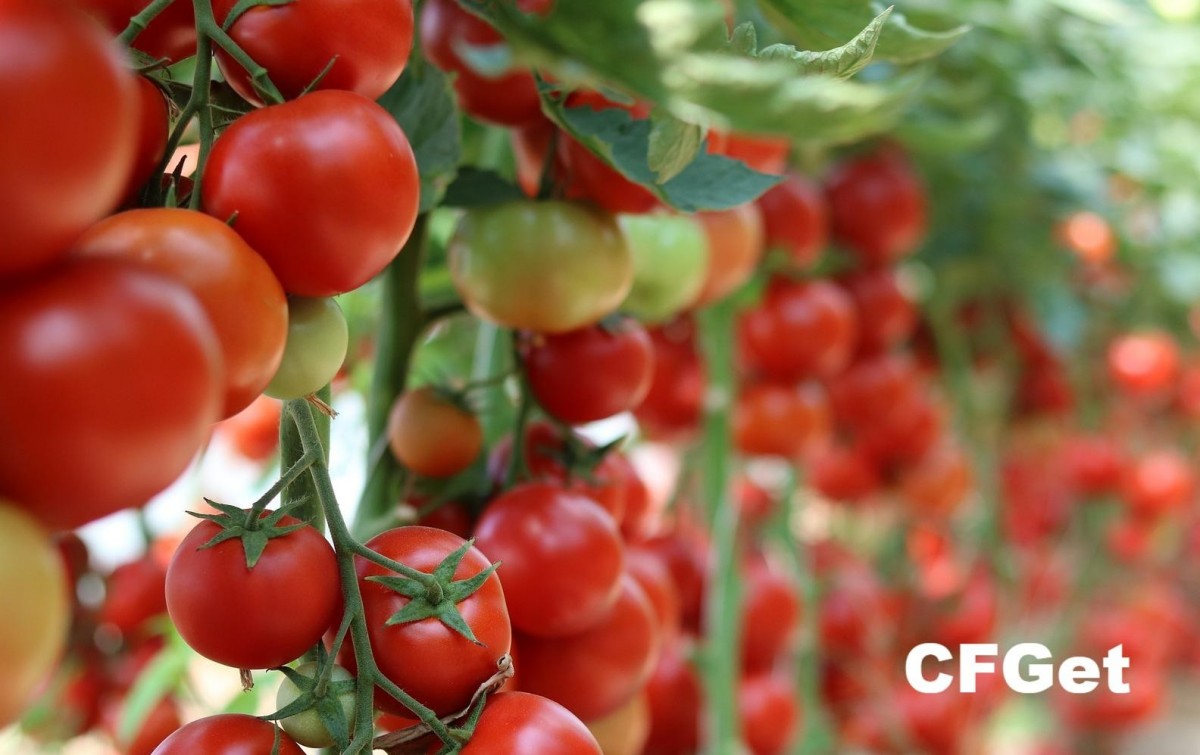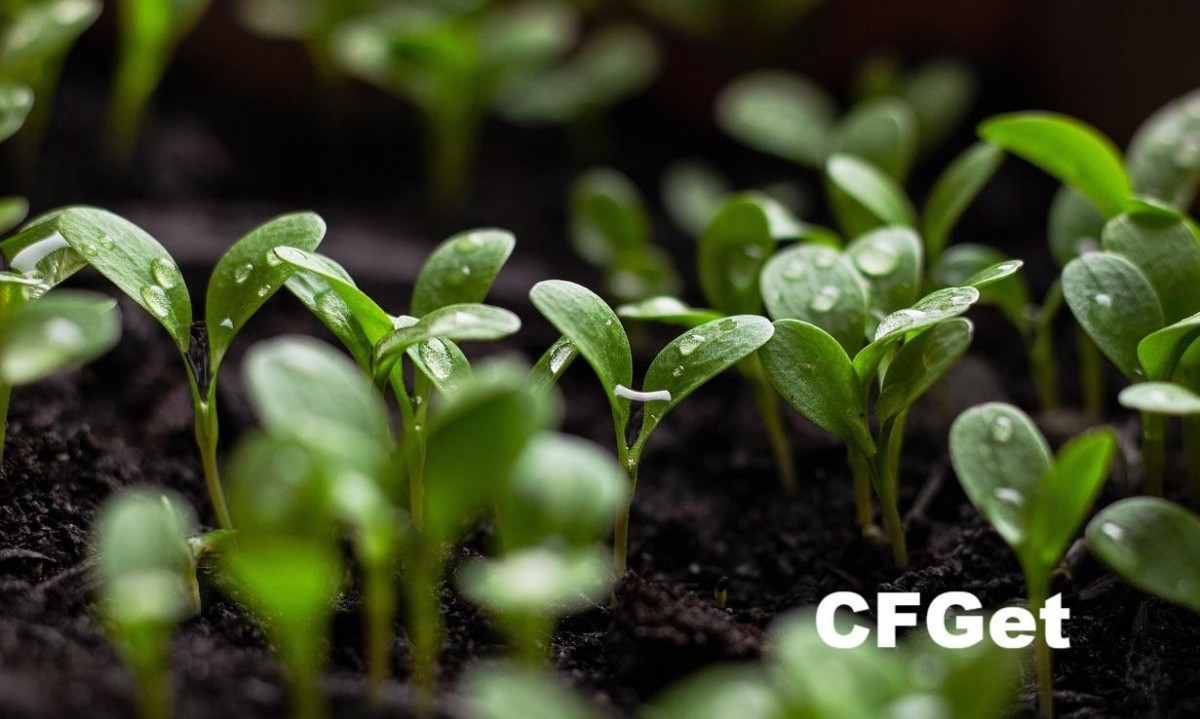Tomatoes are delicate yet resilient plants. While gentle breezes can benefit them, excessive wind can wreak havoc on their growth, fruiting, and overall yield. For outdoor growers, strong winds pose a significant challenge, but greenhouses offer an effective solution to shield tomatoes from these harsh conditions. Let’s explore how wind affects tomatoes and how greenhouses can act as their ultimate “wind shield.”
The Good and the Bad: Gentle Breezes vs. Strong Winds
A light breeze (around 7-12 mph) can be beneficial for tomato plants. It strengthens their stems and promotes the evaporation of excess moisture, reducing the risk of fungal diseases. However, when wind speeds exceed 15 mph, it’s time to worry. Strong winds can:
Damage leaves: Torn leaves mean less efficient photosynthesis, reducing plant vitality.
Break stems: Without proper support, fragile stems may bend or snap under pressure.
Cause flower drop: Wind can blow away tomato flowers, resulting in lower fruit yields.
A coastal farmer reported that after several bouts of high winds, their tomato plants suffered broken stems, shredded leaves, and lost flowers, which severely impacted their harvest. Later, they built a greenhouse to protect the plants, and the results were impressive: healthier tomatoes and consistent yields.
Warning Signs of Wind Damage
If your tomato plants show these symptoms, excessive wind might be the culprit:
Curled or withered leaves: Indicating water loss due to rapid evaporation caused by strong winds.
Torn or jagged leaves: A clear sign of physical wind damage.
Bent or broken stems: Particularly common in unsupported tomato plants.
Dry soil: High winds can strip moisture from the soil, depriving the roots of essential nutrients.
In a greenhouse, these risks are greatly minimized. The structure shields plants from external winds, ensuring a stable and controlled environment.
How Greenhouses Protect Tomatoes from Strong Winds
Greenhouses act as a fortress for tomatoes, keeping external wind at bay and providing a safe, controlled environment. Here’s how:
1. Windproof Structures:
Greenhouses feature robust frames and coverings (like film, glass, or polycarbonate panels) that block strong winds completely. Even in stormy regions, greenhouses ensure tomatoes remain unscathed.
2. Stable Temperature and Humidity:
High winds often accelerate soil moisture loss, leaving plants thirsty. Greenhouses maintain consistent temperature and humidity levels, preventing secondary wind damage like dehydration.
3. Support Systems for Plants:
Inside a greenhouse, it’s easy to install support systems like trellises and hanging wires, which prevent tomato stems from bending or snapping in windy conditions.
4. Cost Savings:
By protecting plants from wind damage, greenhouses reduce the need for repairs, replacements, and additional resources like fertilizers. This leads to long-term savings for growers.
Maximizing Wind Protection with Greenhouses
While greenhouses are inherently effective at blocking wind, these additional measures can enhance their performance:
Choose Durable Materials: Opt for polycarbonate panels or double-layer films, which are highly wind-resistant and long-lasting.
Optimize Greenhouse Orientation: Position greenhouses to minimize exposure to prevailing winds. Adding windbreaks, such as hedges or mesh walls, further reduces wind impact.
Reinforce the Frame: Use galvanized steel for the greenhouse structure to withstand strong winds of up to 60 mph.
Greenhouses Are a Must-Have for Windy Areas
For tomato growers in windy regions, greenhouses provide an unparalleled advantage. They not only protect plants from direct wind damage but also create a stable and safe growing environment. By reducing weather-related risks and saving on long-term costs, greenhouses prove to be an essential tool for successful tomato cultivation.
#TomatoCultivation #GreenhouseFarming #WindDamage #SustainableAgriculture #GrowYourOwnFood #UrbanFarming
Email: info@cfgreenhouse.com
Phone: +86 13550100793
Post time: Jan-02-2025








 Click to Chat
Click to Chat